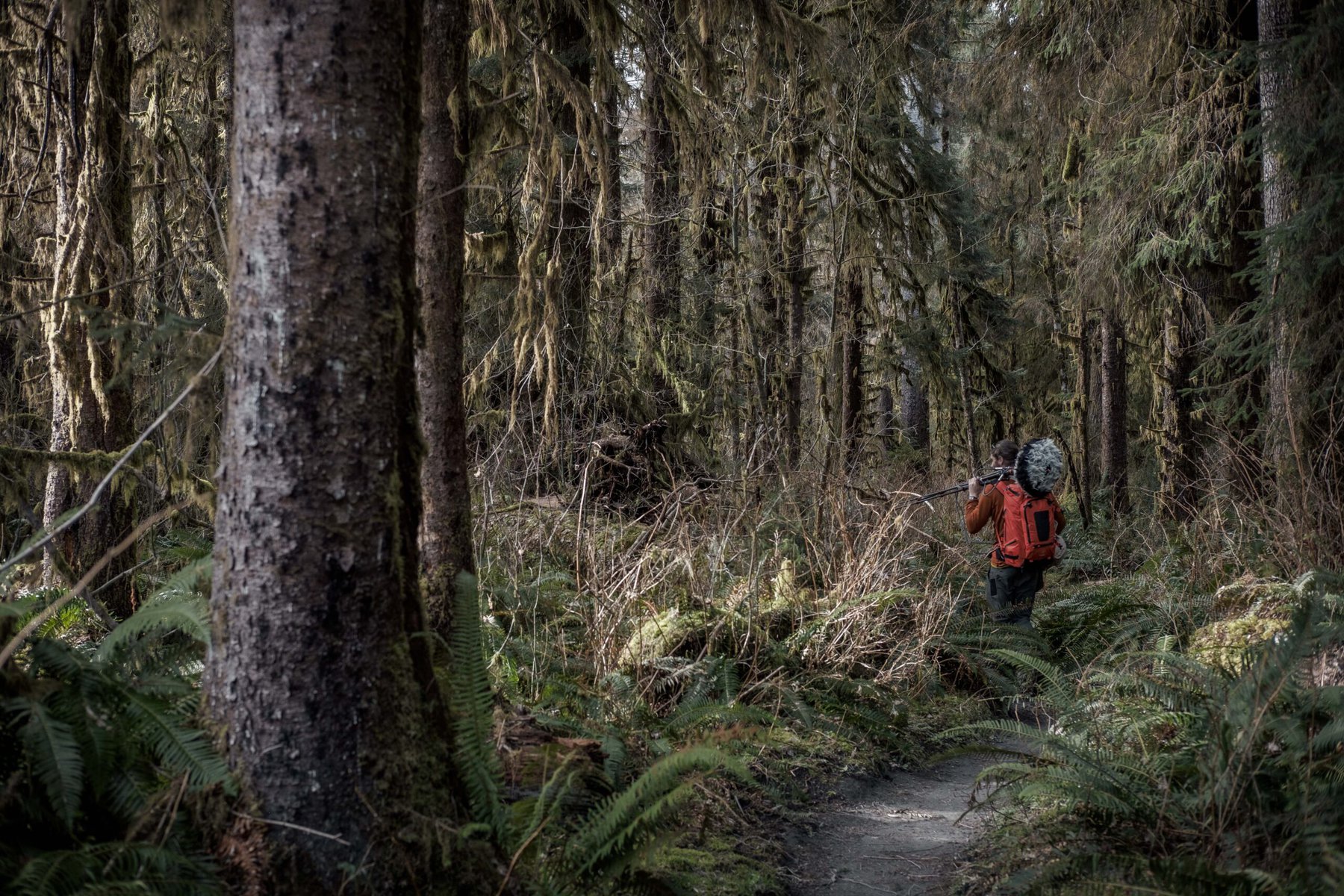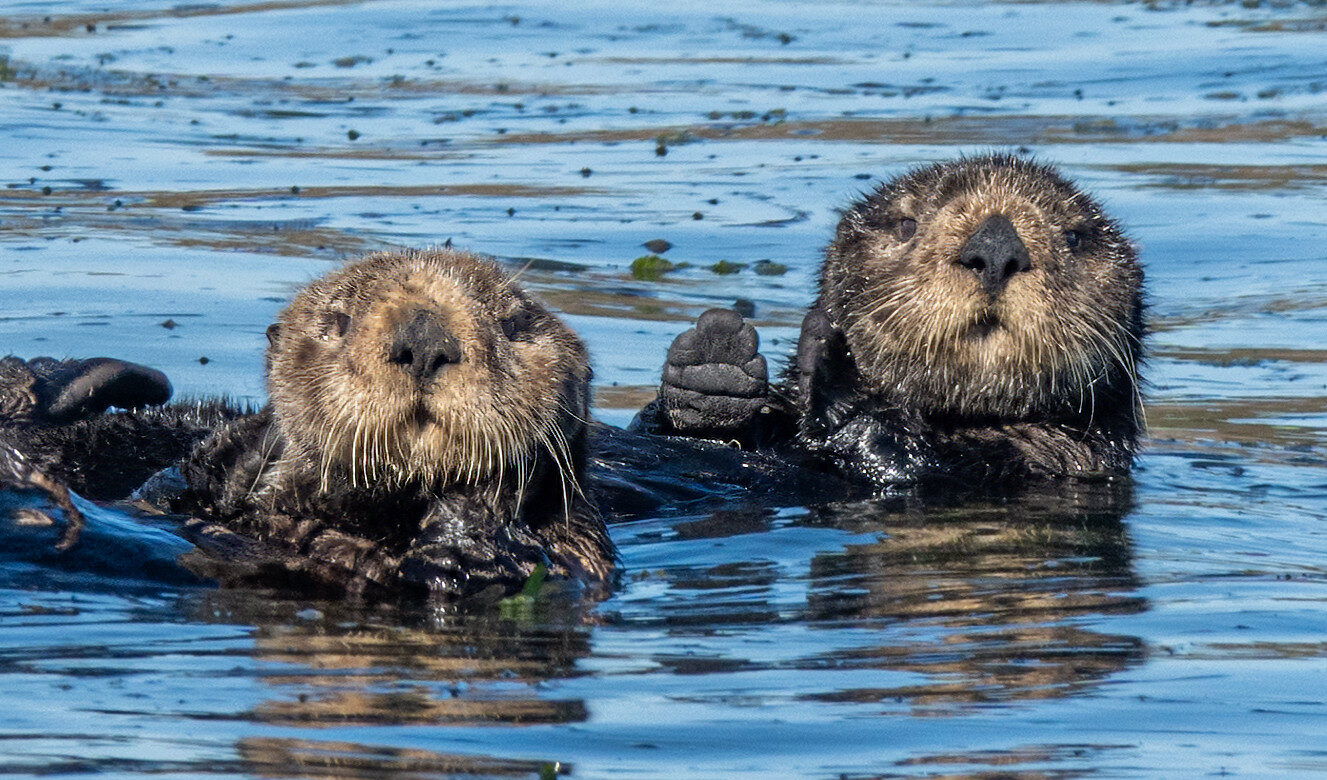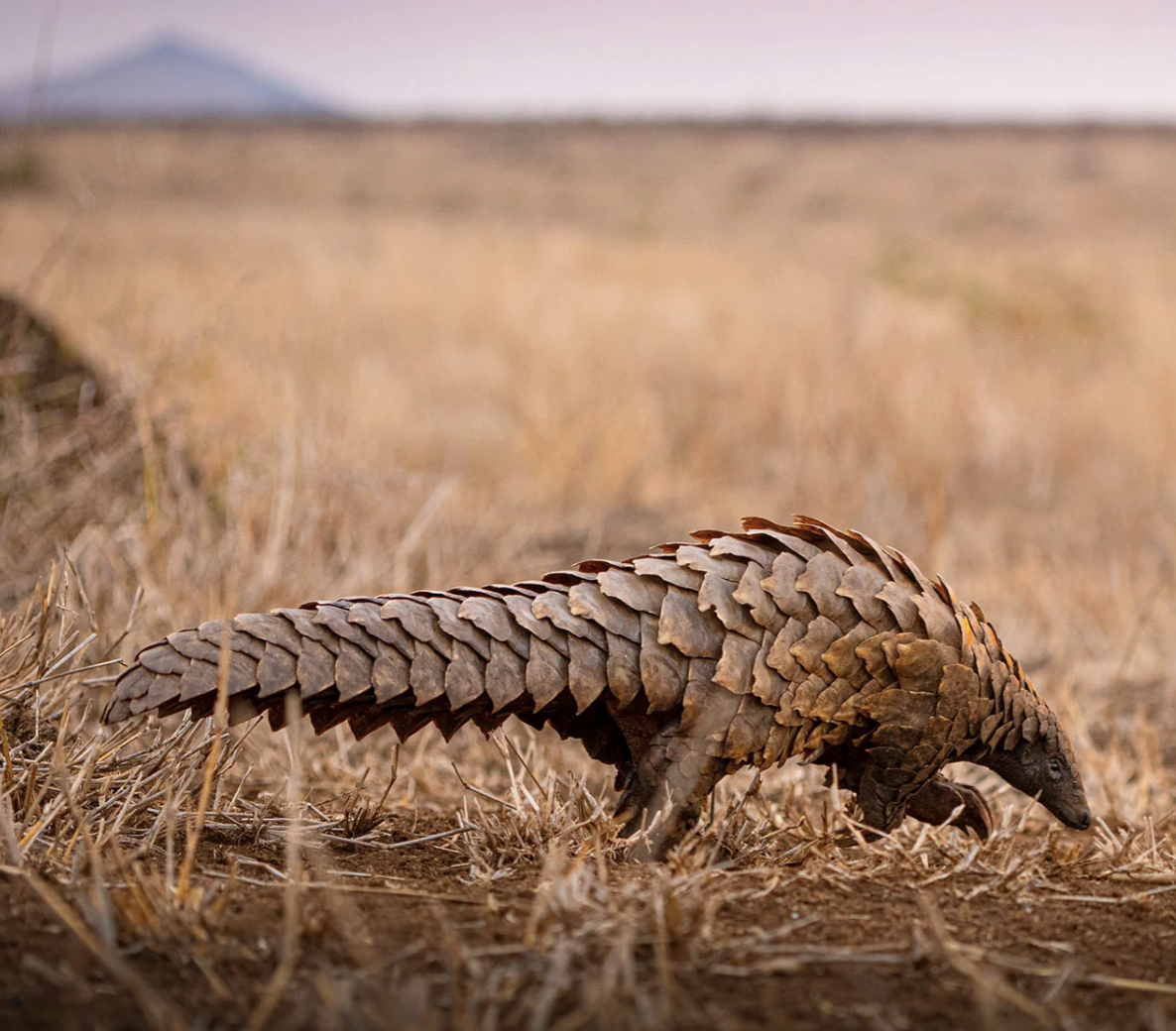A subtle rustle from a nearby bush is enough to prompt Cwi and his group to halt in their steps. The rangers have spent nearly a week trekking through the treacherous community forest, located 36 kilometers from the Nyae Nyae Conservancy Office, in search of the ever-so-elusive Temminck’s ground pangolin.
Once the animal is confirmed to be a pangolin, a ranger quickly attaches a VHF and GPS transmitter while Cwi* holds the mammal steady on the forest floor. Rangers then photograph the now-tagged mammal before heading back to the Nyae Nyae Pangolin Project’s headquarters. The long, grueling mission is finally a success.
“The existence of these unique mammals is threatened by the relentless threat of illegal hunting and trafficking,” says Kelsey Prediger, the American researcher who founded the Pangolin Conservation and Research Foundation (PCRF), which oversees the Nyae Nyae Pangolin Project.
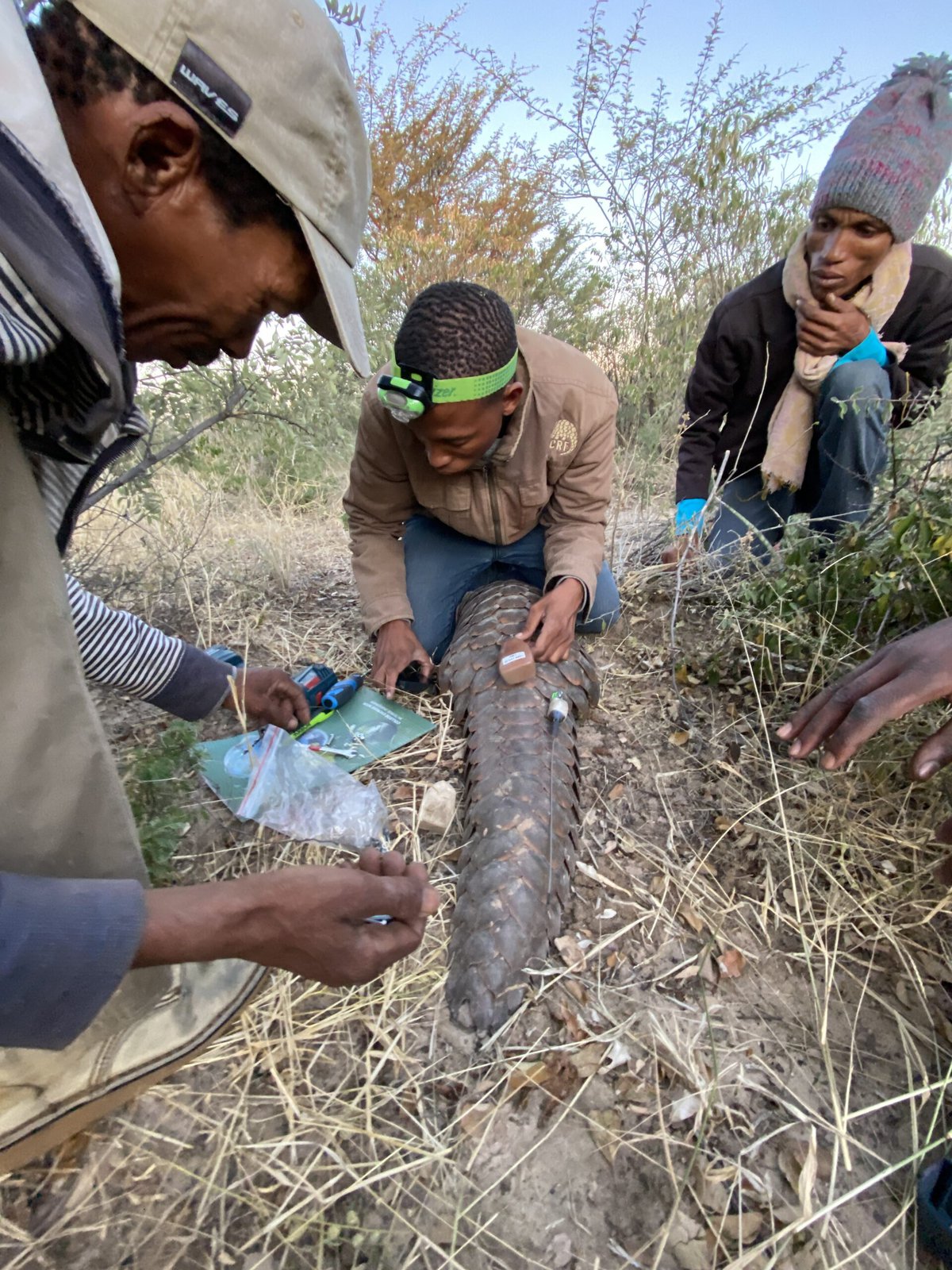
Across many communities in Africa, pangolin meat is highly regarded as a delicacy, while various parts of the pangolin’s body are believed to be effective against numerous diseases in Asian traditional medicine, making the animal a prime target for poachers.
Four pangolin species, including the Temminck’s ground pangolin, reside in Africa, all listed as vulnerable to critically endangered. And every day at least 300 pangolins are hunted, making it the world’s most-poached mammal.
The PCRF in Namibia was founded in 2020 to address the gap in conservation efforts for one of the least understood mammalian species, whose elusive and nocturnal nature makes studying them in their natural habitats exceedingly difficult. The scientists there focus on research-informed conservation and raising awareness about pangolins. PCRF has undertaken the groundbreaking task of tagging Temminck’s ground pangolins, relying on a combination of modern tracking technology and the ancient skills of the San, while addressing the region’s socio-economic challenges.
The superb tracking skills of Namibia’s Indigenous San people, one of the oldest and most vulnerable minorities in Namibia, are an essential element of the conservation effort. Culturally and historically regarded as custodians of Namibia’s Nyae Nyae Conservancy, the San believe that pangolins whistle a song that summons life-saving rain to the arid, hot Kalahari bushveld. Harming or killing a pangolin is deeply frowned upon in San culture as it is thought to bring a year of bad rains.
Weighed down by negative news?
Our smart, bright, weekly newsletter is the uplift you’ve been looking for.Aside from the San’s reverence for pangolins, their knowledge of the terrain and wildlife of the Kavango-Zambezi Transfrontier Conservation Area makes them indispensable for regional conservation and wildlife monitoring, notes Prediger.
Equipped with trackers and smartphones and using ancestral insights from footprints, broken twigs, disrupted vegetation, as well as the smell and shape of animal droppings, the San collect data on pangolins and their habitat and tag animals they come across during their weeks-long treks.
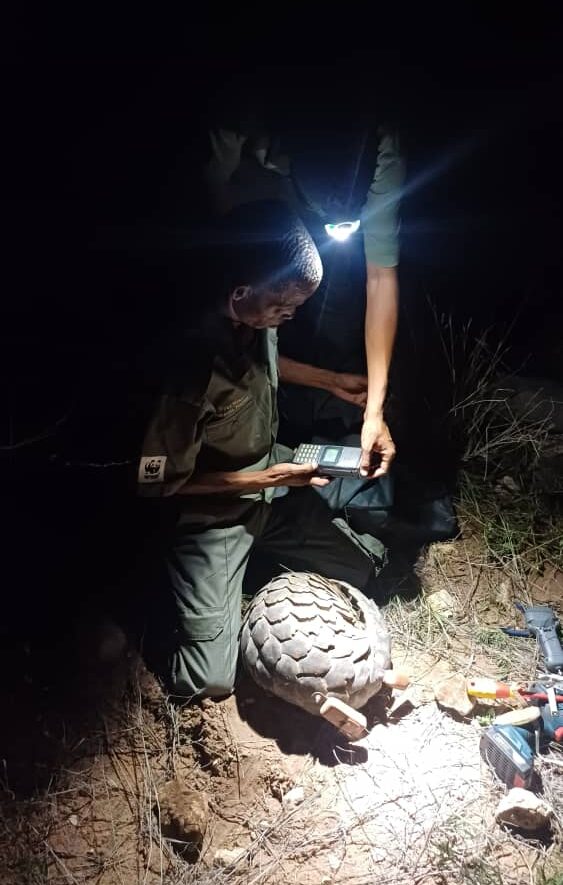
According to Prediger, the data gathered allows researchers at the Nyae Nyae Pangolin Project to determine home range sizes and dispersal patterns, information that is essential for pangolin conservation.
“[The San] have an unparalleled ability to decipher the landscape and interpret the subtle signs left by wildlife,” Prediger explains.
Two young San individuals who recently joined the project as research assistants, Cwi and Kaqece, are learning the secrets of the trade from older rangers.
“For me, it’s been a transformative experience,” Cwi says. “Instead of spending my day doing nothing, I now go out tracking and earn a decent livelihood.”
Since joining the project, Cwi has experienced a profound shift in perspective. He shared his people’s respect for pangolins, but, since he joined the project, he now understands the importance of their conservation.
“The benefits they bring to the community are countless,” he says. “Wildlife tourism alone brings in much-needed income for local families, providing essentials like clothing and food.”
Kaqece, reflecting on her involvement with the project, expresses similar gratitude: “Honestly, the job has brought me so much joy. Now, I track alongside the team, and I learn a lot about pangolins and their ecological importance. It makes me feel that I have a much bigger purpose in life.”
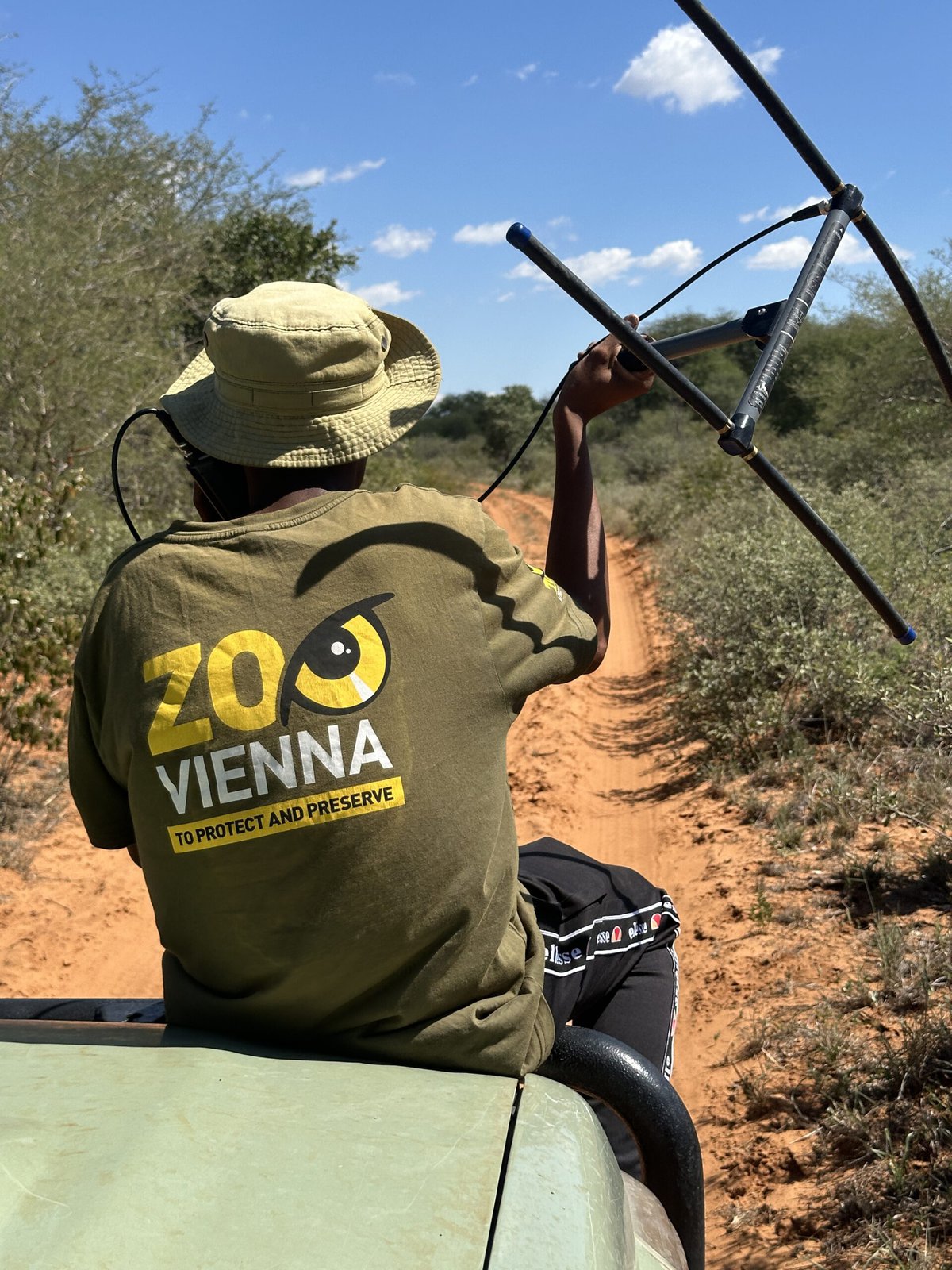
Despite facing the substantial challenge of limited funding, Prediger’s efforts have had some success. The project had managed to tag eight free-roaming pangolins as of November 2023, marking the first time Temminck’s ground pangolins were tagged in their natural habitat.
“We do a lot of awareness raising, which has helped familiarize people with our projects and what pangolins are,” she says.
From January 2023 to June 2024, authorities recorded over 79 wildlife crime incidents involving pangolins. The crackdown led to the arrest of 135 individuals, predominantly Namibians, alongside nationals from Angola and Zambia, recent figures from Namibia’s Ministry of Environment, and Forestry (MEFT), show.
Pangolins are legally protected in Namibia and granted the same status as rhinos and elephants. Combating pangolin trafficking, however, remains the most challenging because of community shielding offenders, according to Romeo Myunda, the ministry’s spokesperson.
“Despite knowing the perpetrators, many are shielded by community ties,” Myunda says, “But, for all the hurdles, the Namibian government remains committed to pangolin conservation. We are doing all we can to dismantle trafficking networks threatening these unique creatures’ survival through rigorous law enforcement, public awareness campaigns and international cooperation, but we still need public participation.”
Collaborating closely with MEFT, the PCRF has established the Namibian Pangolin Working Group in partnership with law enforcement agencies, in order to coordinate efforts to combat pangolin trafficking and ensure the species’ protection across Namibia.
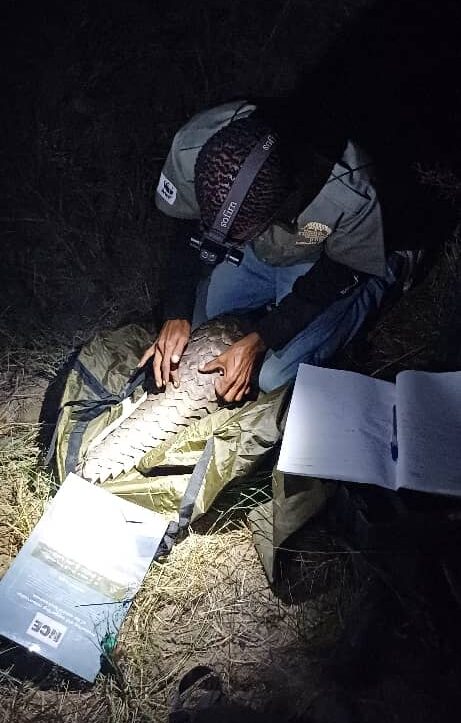
The information provided by PCRF equipped anti-poaching units on the ground with means to find and capture poachers and ultimately rescue 152 pangolins as of February 2023. Many of the rescued pangolins were rehabilitated at Liz Komen’s Namibia Animal Rehabilitation Research and Education Center.
“Pangolins serve as a linchpin for tourism, ecological balance through insect control, and as a poignant reminder of biodiversity’s intrinsic value,” Komen says. “Yet poverty, greed, ignorance and inadequate law enforcement are threatening pangolins’ very existence in Namibia.”
Komen’s advocacy traces back to 1989 when she established Namibia’s first wildlife rehabilitation organization, where pangolins occasionally find refuge after being rescued.
“In addition to pangolin rehabilitation, the center works to improve educational outreach, bolster cross-border cooperation with neighboring countries like Angola, Zambia, Zimbabwe and Botswana, and provide support to low-income families to reduce reliance on wildlife exploitation,” she says.
Despite these efforts, pangolins remain under the threat of extinction. Over the last decade alone, the world lost one million pangolins to trafficking.
“All animals should be treated with respect for the ecosystem’s health and welfare,” Komen says. “We’ve done a lot, but there is definitely a dire need for more.”
*Ranger’s last name has been omitted to ensure their safety.
This article is published in collaboration with Egab.





